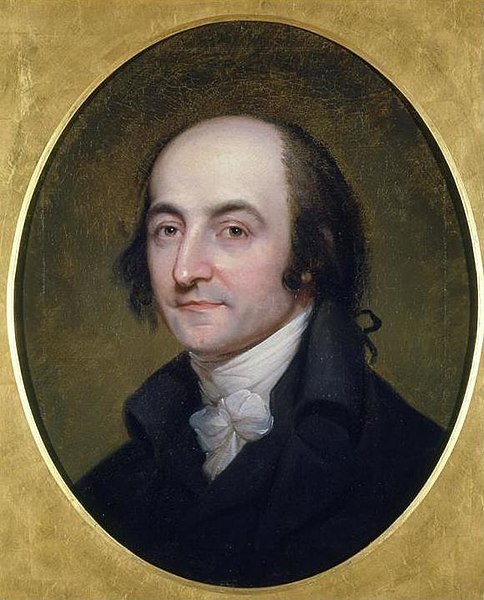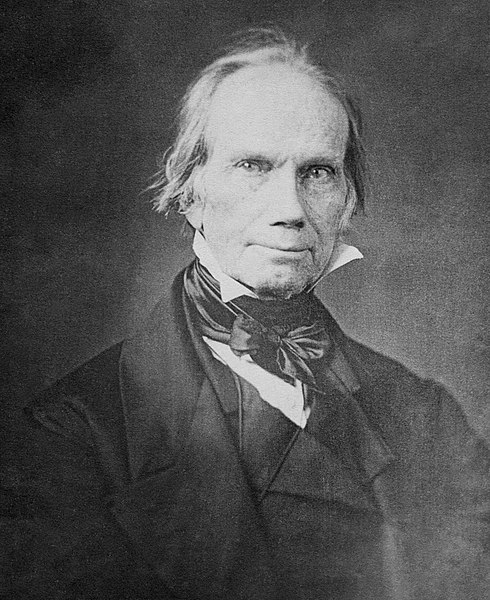Jeffersonian democracy, named after its advocate Thomas Jefferson, was one of two dominant political outlooks and movements in the United States from the 1790s to the 1820s. The Jeffersonians were deeply committed to American republicanism, which meant opposition to what they considered to be artificial aristocracy, opposition to corruption, and insistence on virtue, with a priority for the "yeoman farmer", "planters", and the "plain folk". They were antagonistic to the aristocratic elitism of merchants, bankers, and manufacturers, distrusted factory workers, and strongly opposed and were on the watch for supporters of the Westminster system.
The 1805 Jefferson medallion portrait by Gilbert Stuart
"We the People" in an original edition of the U.S. Constitution
The original treaty of the Louisiana Purchase
James Madison
Democratic-Republican Party
The Republican Party, retroactively called the Democratic-Republican Party, and also referred to as the Jeffersonian Republican Party among other names, was an American political party founded by Thomas Jefferson and James Madison in the early 1790s that championed liberalism, republicanism, individual liberty, equal rights, decentralization, free markets, free trade, agrarianism, and sympathy with the French Revolution. The party became increasingly dominant after the 1800 elections as the opposing Federalist Party collapsed.
Thomas Jefferson, 3rd president of the United States (1801–1809)
James Madison, 4th president of the United States (1809–1817)
Albert Gallatin served as Secretary of the Treasury under Presidents Jefferson and Madison.
Henry Clay







